庭園
豊臣秀吉公ゆかりの寺 モミジの名所
高台寺
豊臣秀吉の妻、北政所ねねが秀吉の菩提を弔うために建てた高台寺。ねねはすぐ近くにある圓徳院から毎日、高台寺に通っていました。ねねは現在、霊屋(重要文化財)と呼ばれる建物で眠っていますが、そこに施された蒔絵は桃山時代を代表する工芸手法で、「高台寺蒔絵」として知られています。
境内は桜、竹、百日紅、紅葉と、一年を通じて目を楽しませてくれます。また、開山堂(重要文化財)を取り巻く池泉回遊式庭園(史跡・名勝)は、江戸初期の総合芸術家で大名の小堀遠州の作庭と伝わっています。北書院では様々な芸術家が展示を行う一方、夜間公開の時期は毎年趣向を凝らしたライトアップで多くの拝観者が訪れます。

霊屋(重要文化財)
秀吉とねねを祀った建物で、ねねが埋葬された場所です。須弥壇や厨子に壮麗な蒔絵が施されていますが、これは「高台寺蒔絵」と呼ばれ、桃山時代の漆工芸の粋を集めたものになります。
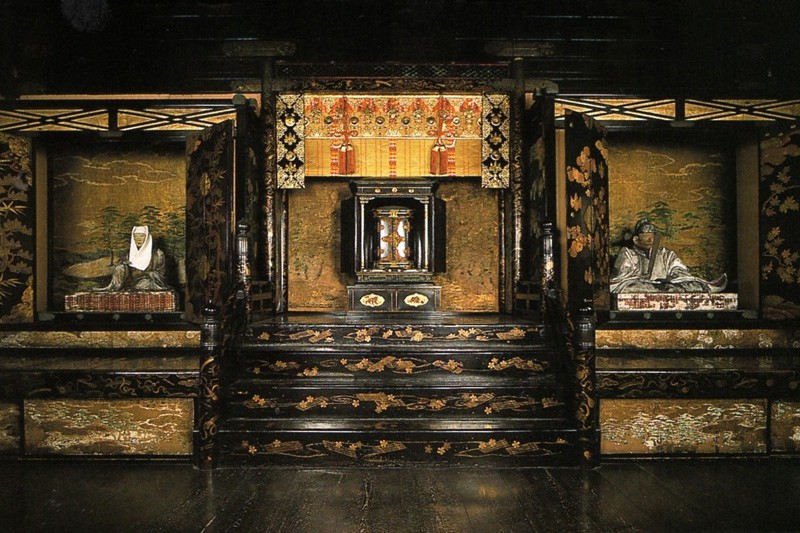
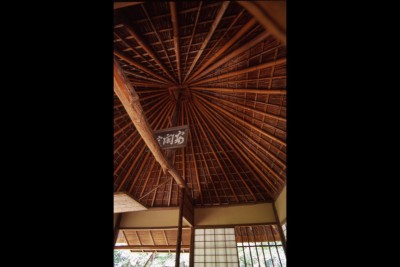
傘亭、時雨亭(共に重要文化財)
共に利休好みの草庵風のお茶室で、伏見城から移築したもの。傘亭はその姿が唐傘を広げたように見えることから呼ばれます。時雨亭は2階建てという珍しい構造になっています。
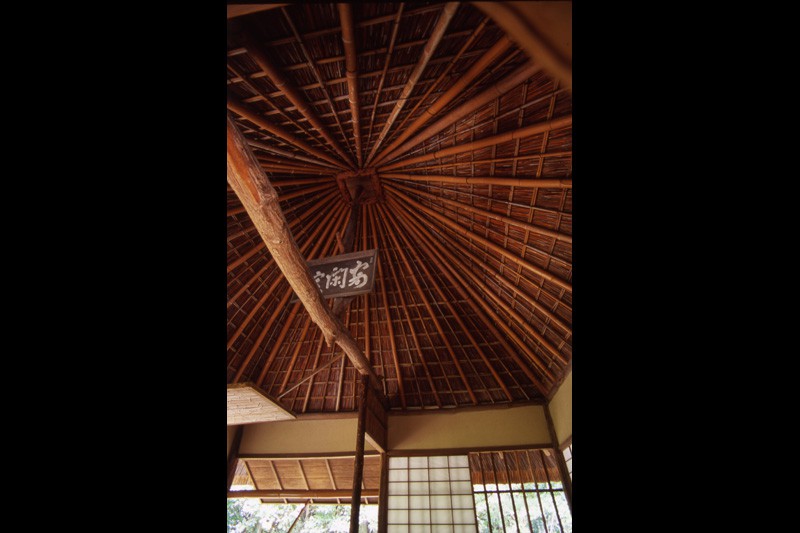
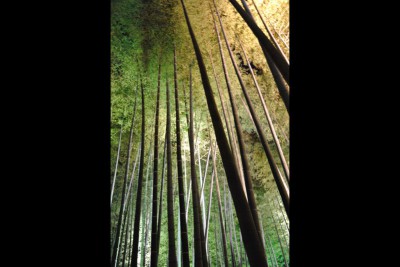
竹林
傘亭、時雨亭の南側には竹林が広がり、一年を通して青々とした葉を広げ、ライトアップの時には幻想的な空間を作り出しています。
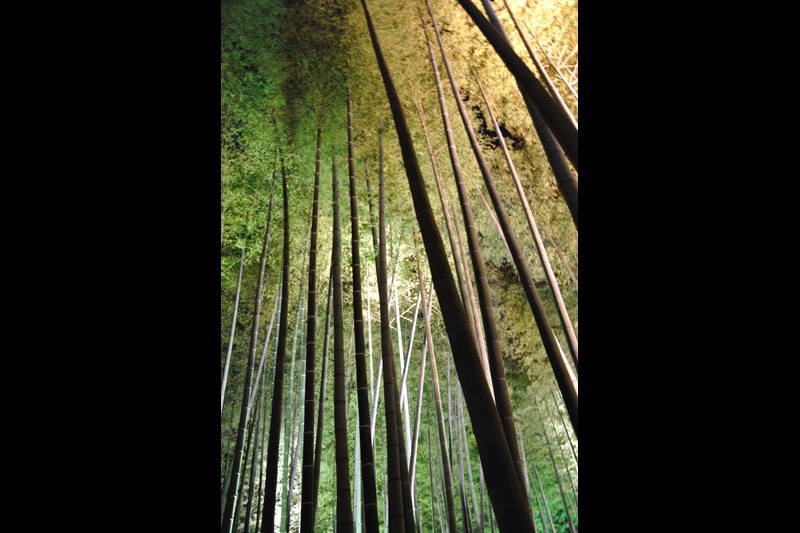
沿革
臨済宗建仁寺派の寺院で、正式名称を高台寿聖禅寺といいます。北政所ねねが亡き夫、豊臣秀吉の菩提を弔うため、慶長11年(1606)に開創しました。造営に際しては、徳川家康が豊臣家への政治的配慮から多額の財政的援助を行い、寺観は壮麗を極めたといいます。
創建当時の姿が残る開山堂、霊屋、傘亭、時雨亭、観月台などが重要文化財に指定されています。モミジと池の作る景観が特に美しい開山堂付近の広大な庭園は小堀遠州作と伝わります。
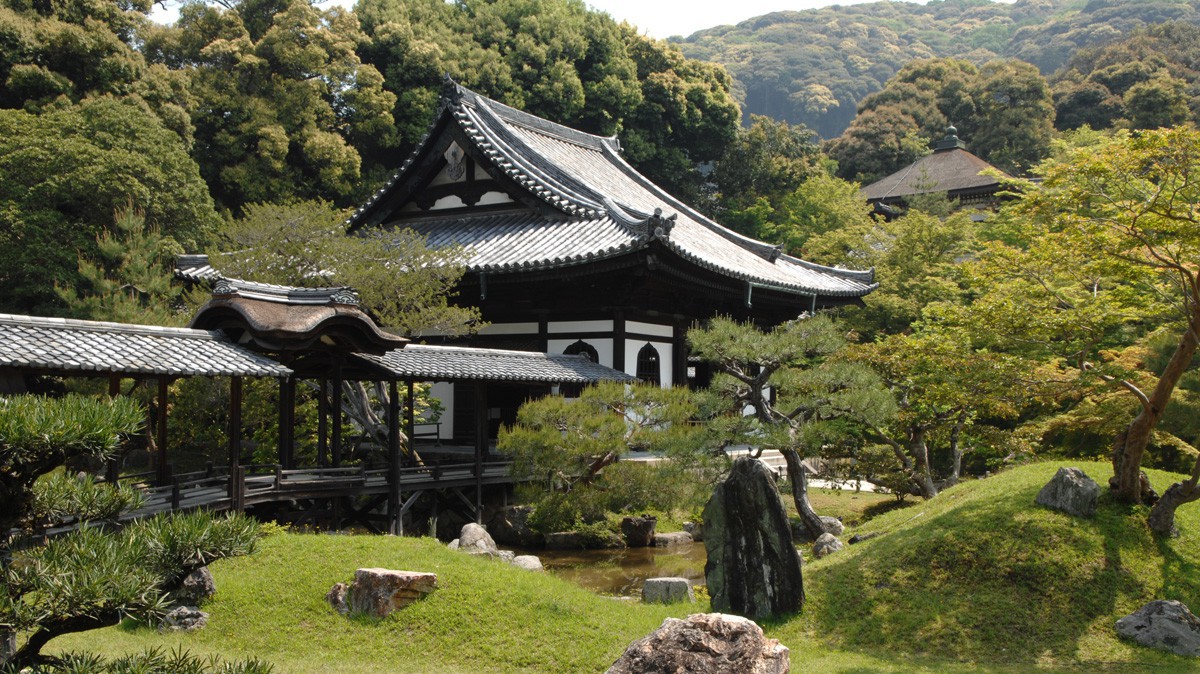
臥龍池
拝観のご案内ADMISSION
- 公開期間
- 通年
- 公開内容
- 方丈
- 方丈庭園「波心庭」
- 池泉回遊式庭園
- 開山堂(重要文化財)
- 霊屋(重要文化財)
- 傘亭・時雨亭(共に重要文化財)
- 拝観休止日
- なし
※悪天候などによる拝観休止あり - 拝観時間
- 9:00~17:00(受付終了) ※夜間特別拝観期間は21:30(受付終了)
- 拝観料
- 大人600円 中高校生250円 小学生以下無料(保護者同伴)
圓徳院、掌美術館との3カ所共通拝観券900円 - ご連絡先
- 高台寺HP http://www.kodaiji.com/index.html
TEL 075-561-9966 / FAX 075-561-7387
※お抹茶体験、坐禅体験もございます。詳しくは高台寺HPをご覧ください。
http://www.kodaiji.com/experience.html
交通案内ACCESS
所在地
高台寺 〒605-0825 京都市東山区高台寺下河原町526
電車、バスでお越しの方
- 京都駅烏丸口から市バス
- D2のりばから市バス206系統 祇園・北大路バスターミナル行き東山安井下車徒歩約7分【目安時間30分】
- 京阪電車祇園四条駅から
- バス停四条京阪前から市バス207系統 清水寺・東福寺行き東山安井下車徒歩約7分【目安時間15分】
- 阪急河原町駅から市バス
- バス停四条河原町から市バス207系統 清水寺・東福寺行き東山安井下車徒歩約7分【目安時間18分】
お車・タクシーでお越しの方
京都駅から約20分、京阪祇園四条駅から約5分。境内南側に有料駐車場有り
Kodai-ji Temple
Kodai-ji Temple, formally known as Kodaijusho-zenji Temple, is located in the Higashiyama Mountains of eastern Kyoto just south of Yasaka Shrine. It was established in 1605 by the noblewoman Kita-no-Mandokoro in memory of her husband, Toyotomi Hideyoshi(1536-98). Kodai-ji Temple's construction was extensively financed by Tokugawa Ieyasu, Hideyoshi's chief vassal and later Shogun of Japan; the result was a temple renowned for its beautiful design and exquisite craftsmanship. In 1624 Sanko Joeki, Abbot of Kenninhi Temple, was appointed founding priest, and Kodai-ji Temple has remained one of Kenninji Temple's largest and most important sub-temples ever since.
Kodai-ji Temple was ravaged by a series of fires after 1789, and all that survive of its original buildings are the Otama-ya, Kaisan-do, Kangetsu-dai, Kasa-tei, and Shigure-tei, etc. Fortunately these remain in an excellent state of preservation, and have all been designated "Important Cultural Properties" by the Japanese Government.
Kita-no-Mandokoro (known more familiarly as "Nene") was awarded the highest rank of nobility by Emperor Goyozei in 1588, and in 1603 was accorded the honorary name Kodai-in; it is from the latter that Kodai-ji Temple's name derives. Following the custom among noble ladies of her time, she became a Buddhist nun after the death of her husband and adopted the religious name Kogetsu-ni. She died at the age of 76 on September 6, 1624.
- Opening Time
- 9:00am-5:00pm
- Charge
- adult 600yen high school and junior high school student 250yen
- Address
- 526 shimogawara-cho Kodai-ji, Higashiyama-ku, Kyoto Google Maps


